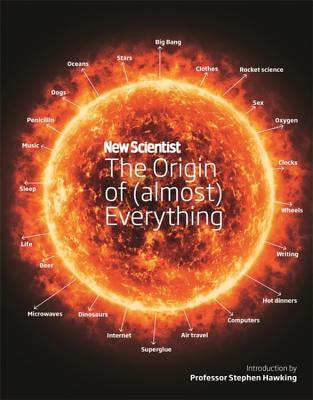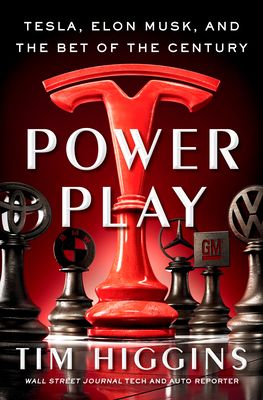Review: New Scientist: The Origin of (almost) Everything by Graham Lawton


New Scientist: The Origin of (almost) Everything by Graham Lawton
My rating: 5 of 5 stars
Have you ever read an article from New Scientist either in print form or since they released articles on the Internet from 1996 onwards? Take the best of their publication over the many decades and combine into a book with meaningful illustrations and you have “The Origin of (almost) Everything”. When I found out that “The Origin of (Almost) Everything” was being compiled I was excited to get my hands on it and read articles explaining some of the many interesting and complex aspects surrounding our lives.
I bought the Kindle version and after I began reading regretted purchasing it in this format. Each articles averages two pages and finishes with an excellent visual. Unfortunately the Kindle application shows only one page at a time therefore I had to swipe between two pages to get the full extent of the visual; a physical copy would have had a greater visual impact. In saying that, the book covers a plethora of topics from aspects of how time, energy and mass work to why we have belly button fluff. As the structure of the book is laid out into neat and consumable articles it is a great way to pick up this book whenever it suits you to learn something new about the world around us. I recommend it, just not the Kindle version!!
Three key takeaways from the book:
1. The power of 12 and how many of our archaic systems of measurement were based this way due to our hands (in particular the twelve knuckles of our fingers). Think duodecimal which has been superseded by decimal; except in timekeeping.
2. The concept of “Frozen time”, an illusion caused by the design of our visual system. Essentially the brain backfills what it thinks we may have missed. This is why you look an analog clock and think that the clock hasn’t ticked for over a second.
3. If the auto industry had technologies which followed Moore’s Law a car today would travel at 500 million km/h on 2 million miles per gallon and cost less than a cent. Star Wars and Star Trek eat your heart out!!




